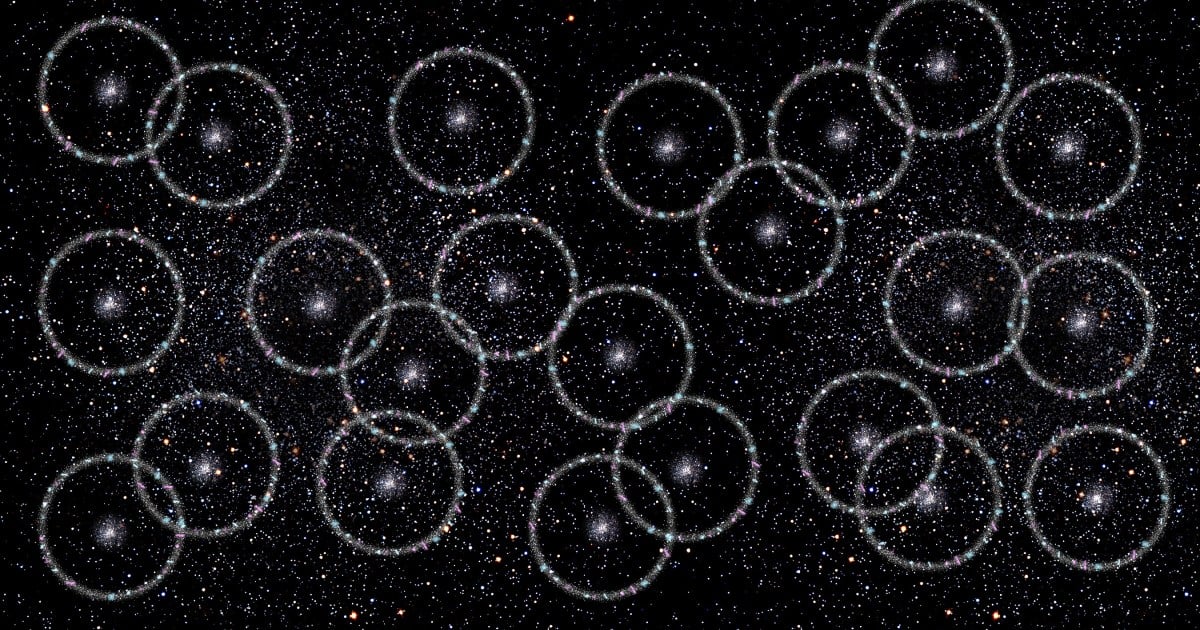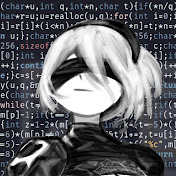- cross-posted to:
- space
- [email protected]
- cross-posted to:
- space
- [email protected]
A spherical structure nearly one billion light-years wide has been spotted in the nearby Universe, dating all the way back to the Big Bang
Reading through the description of this makes me wonder if the technique could ever be used to pinpoint the ‘origin’ of the big bang? If we knew where the boundaries of the universe were at we could roughly pinpoint the center, but that still assumes the universe is expanding at equal speeds in all directions. Still, knowing the origin point would probably help pinpoint our own location within the universe and provide better measurements for the age of the things we see in every direction.
There was no origin point. The universe was infinite with no edges when the big bang occurred, just like now. It just inflated in every direction to be a bigger infinity.
The universe was infinite with no edges when the big bang occurred, just like now.
We don’t know that. Here is a depiction of infinite inflation, the most popular version of the standard model, spawning pocket universes with boundaries.
Well no, we don’t know that. But that’s the current scientific consensus. Wouldn’t make much sense to lay out every theory currently not disproven to answer a simple question though.
Edit: and to respond to your pocket universe theory, if our universe is infinite, as current scientific consensus indicates, there are no boundaries. That doesn’t mean there can’t be other universes though. Our universe being infinite and expanding without boundaries doesn’t argue other universes can’t exist. They just would take place outside our spacetime and we’d never be able to interact with or see them, and therefore can’t prove or disprove their existence.
It’s not a consensus at all. The reason why the FLRW model does not include modelling boundaries is because it is very hard to model boundaries, not because they are unlikely.
https://en.wikipedia.org/wiki/Shape_of_the_universe
Assuming a finite universe, the universe can either have an edge or no edge. Many finite mathematical spaces, e.g., a disc, have an edge or boundary. Spaces that have an edge are difficult to treat, both conceptually and mathematically. Namely, it is very difficult to state what would happen at the edge of such a universe. For this reason, spaces that have an edge are typically excluded from consideration.
to respond to your pocket universe theory,
It’s not my “pocket universe theory”. It is the theory of Infinite Inflation, the most popular version of the standard model.
That doesn’t mean there can’t be other universes though.
Those “pocket universes” are not really other universes. They are physically connected to our universe. They are called pocket universes because they are too far away to communicated with. The depiction I showed you is not an abstraction, it is what is believed to be the actual geometric shape.
deleted by creator
Well that was cool! Thanks for that, it actually cleared up some things for me.
I feel like this question is another possible route for how Nomai got sucked into the search for the Eye of the Universe
btw if anyone hasn’t played The Outer Wilds please don’t look up anything and play it for yourself whenever you can afford it. It’s a game you’ll probably wish you could wipe your mind in order to experience it for the first time again
if the technique could ever be used to pinpoint the ‘origin’ of the big bang?
There probably was no “origin point” because there was no singularity at the beginning of the big bang. The full universe may have been huge or even been infinite in size and even the observable universe had a significant size. There perhaps was a geographic center though, then and now.
Still, knowing the origin point would probably help pinpoint our own location within the universe and provide better measurements for the age of the things we see in every direction.
That would be the least of it. Knowing where a geographic center or boundary was would allow us to track absolute and not just relative motion. Then we could see what if any special properties apply to an absolute frame of reference.
But the existence of a “geometric center” breaks several of the base assumptions of astrophysics. If there were a geometric center as you say, then there would have to be “edges” of the universe, or the inflation would need a center.
Both of which we think are not the case, due to lots of battle tested theories that tell us space is generally of flat curvature and homogenous, meaning one random chunk of space (the actual stuff of space, not like looking at stars and other structures of the universe) should be indistinguishable from another.
These days those assumptions are considered pretty fundamental to any understanding of space itself and the universe at large that we have.
These days those assumptions are considered pretty fundamental
Nope. The reason why the FLRW model does not include modelling boundaries is because it is very hard to model boundaries, not because they are unlikely.
https://en.wikipedia.org/wiki/Shape_of_the_universe
[Many finite mathematical spaces, e.g., a disc, have an edge or boundary. Spaces that have an edge are difficult to treat, both conceptually and mathematically. Namely, it is very difficult to state what would happen at the edge of such a universe. For this reason, spaces that have an edge are typically excluded from consideration.]
Conclusion: The primary reason why an apparent “flat” universe could still have boundaries is because the FLRW model is either incomplete or possibly even not the right model.
meaning one random chunk of space (the actual stuff of space, not like looking at stars and other structures of the universe) should be indistinguishable from another.
It also makes no sense to invoke the cosmological principal to “prove” there are no boundaries. The philosophical cosmological principal simply says that since we don’t see boundaries they must not exist anywhere. That makes no sense because we would expect any boundaries to only exist in a very small percent of the total volume of space.




